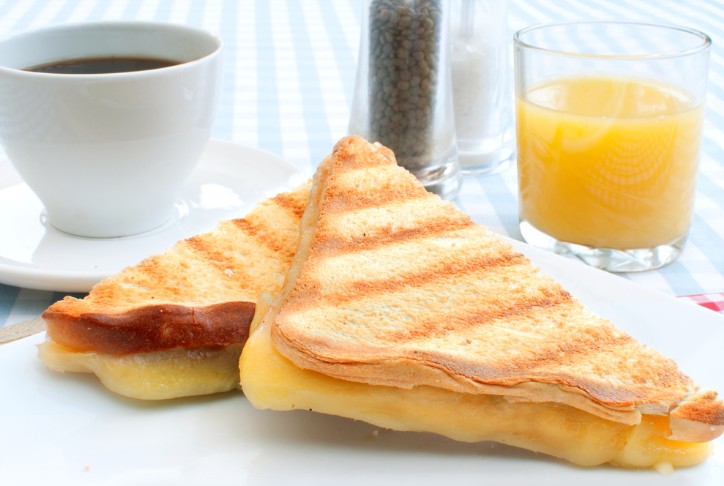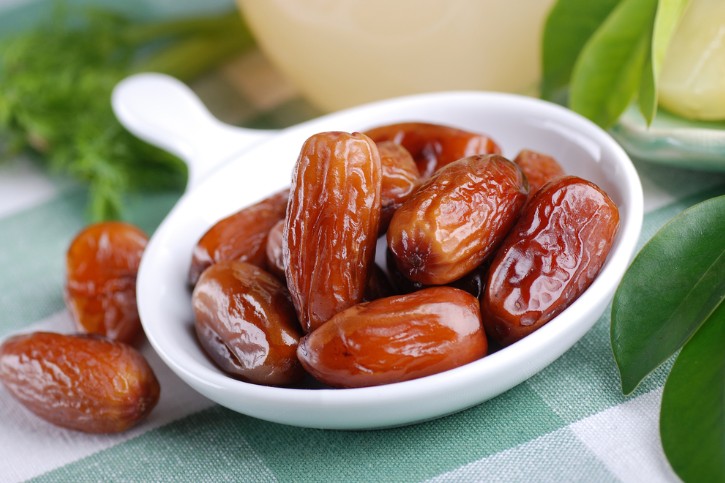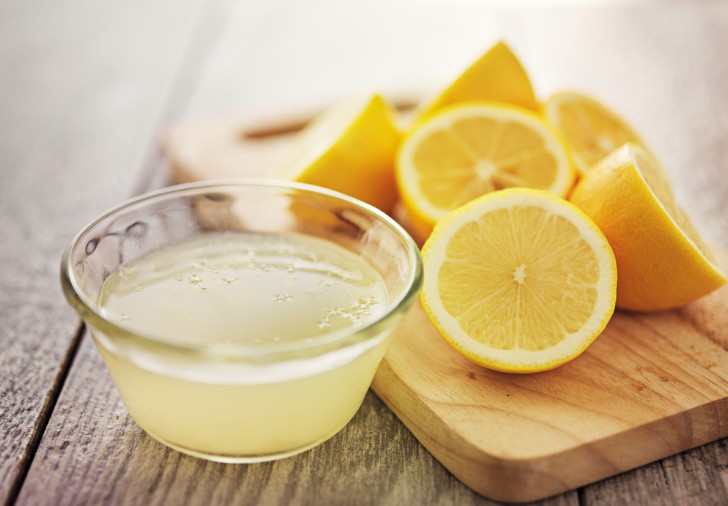Does Lemon Juice Really Burn Fat?
Do toasted bread slices have fewer calories than regular bread? Does frying an egg destroy its protein? Is dark chocolate more fattening than milk chocolate? Yael Dror, a clinical and sports dietitian at Clalit, answers questions about the foods we eat.

1. Do toasted bread slices have fewer calories than regular bread slices?
Answer: No!
When you make toasted bread, its weight decreases compared to the same slice before heating, but what is lost is water and not calories. Moreover, toasted bread is less filling than fresh bread, so you may end up eating more... Heating food doesn't cause it to lose calories! This is true unless it's overburned, in which case it's inedible anyway...
2. Does making a toast with yellow cheese destroy its high calcium content?
Answer: No!
Calcium is a crucial mineral for building bones, muscles function, dental health, and more. Yellow cheese contains a significant amount of calcium (185-220 mg per slice, about 20% of the daily required amount). The calcium is not destroyed during heating, so you can make toast with yellow cheese without worrying about damaging it. Note that light yellow cheeses (9% fat) have higher calcium content than regular fatty cheeses (22-30% fat) per slice. That's good for both bones and the figure.

3. Does quality protein in an egg require eating it raw, and does cooking or frying destroy the protein?
Answer: The protein in an egg is not destroyed by heating or frying.
Eggs have very high-quality protein vital for the body's health and muscle building. However, it's essential to eat the egg only after heating, cooking, or frying due to the risk of Salmonella bacteria. There's no need to worry about protein quality loss during heating. Your body can utilize the quality protein from eggs in forms such as omelets, sunny-side-up, scrambled, shakshuka, and hard-boiled.
4. Does sprouting legumes before cooking increase their vitamins and minerals?
Answer: Yes!
When you sprout legumes (how to sprout: soak for 12 hours in water, dry on a towel or dish for another 12 hours until a sprout emerges), the availability of vitamins and minerals increases within the legume, aiming to support or protect the sprouting processes. Therefore, if we eat the legumes in the early stages of sprouting, our body can absorb the vitamins and minerals more easily compared to eating the legumes before sprouting or when the sprout is already large.
When the sprout is large and has a stem and/or leaves, it has already consumed most of the vitamins and minerals and thus contains less of them. You can, of course, cook the sprouted legumes before eating or just add them to a salad in their sprouted form.
5. When eating potatoes with meat, do the carbohydrates from the potatoes rot in the stomach and turn into fat?
Answer: No!
This is a common myth but not true. The stomach can break down food containing protein and food containing carbohydrates simultaneously. Digesting protein does take longer, so the food stays in the stomach longer, but there's no concern that it will rot and become fat (body fat is not produced in the stomach). Our body is a highly efficient and smart machine that can maximize the nutrition from the food we eat, making it possible to enjoy a balanced meal that includes both meat and carbohydrate side dishes like potatoes, rice, pasta, bread, etc.
6. Does dark chocolate have fewer calories than milk chocolate?
Answer: No!
Dark chocolate often doesn't contain milk, but that doesn't mean it saves on calories... As long as the fat content in chocolate is high, the calorie content will be similar. Dark chocolate may have more nutritional benefits due to its higher antioxidant content from cocoa beans, but it doesn't reduce the number of calories in each chocolate piece.

7. How come light bread slices have fewer calories than regular bread slices when they are the same size?
Answer: Light bread slices weigh less.
When making light bread, no artificial sweeteners or diet substances are used to reduce calories, but rather, less dough is allowed to rise better. So, each slice contains more air and less flour. As a result, light bread slices are thinner and lighter compared to regular bread slices, which are denser and heavier.
8. Does Vitamin C burn fat?
Answer: No!
Vitamin C has many health benefits, such as boosting the immune system, protecting against free radicals, creating connective tissues, and guarding against various cancers and heart diseases. However, it doesn't affect fat burning. It's important to regularly include it in the daily diet for its general health benefits rather than in relation to diet, weight loss, and fat burning.
9. How many dates are equivalent to one apple?
Answer: It depends on the size of the dates.
There is a wide variety of dates in different types and sizes. Nutritionally, two small dates are generally considered equivalent to one fresh fruit (such as an apple or an orange), which is about 50-60 calories. For larger "Medjool" dates, each can have around 60 calories, meaning one date equals one apple. Consider what type and size of dates you're buying so you can calculate your daily recommended amount.
Date: A natural and great energy snack!

10. Do bananas have more calories than other fruits?
Answer: Yes!
Bananas are considered relatively rich in carbohydrates. An average medium banana has about 90 calories, while a medium apple or orange has about 60 calories. This does not mean you should avoid bananas in your daily diet, but consider that nutritionally a banana equals one and a half fruit portions rather than one. Also, be mindful of the size of the bananas you buy as larger ones can contain significantly more calories.
11. Do red apples have more sugar than sour green apples?
Answer: No!
The difference in perceived sweetness when eating a red apple versus a sour green one leads to the misconception. However, the sugar and calorie content in both types of apples is identical; the acidity in the green apple masks the sweetness, making it seem like it contains less sugar. Again, both have similar amounts of calories and sugars, so choose your preferred apple type without worrying about calorie or sugar differences (applicable for diabetics too).
12. Do lemon juice and red grapefruit juice burn fat?
Answer: No!
A common myth is that sour foods like lemon and grapefruit promote fat burning. In reality, both contain sugars, and the sour taste doesn't indicate higher fat-burning efficiency.


